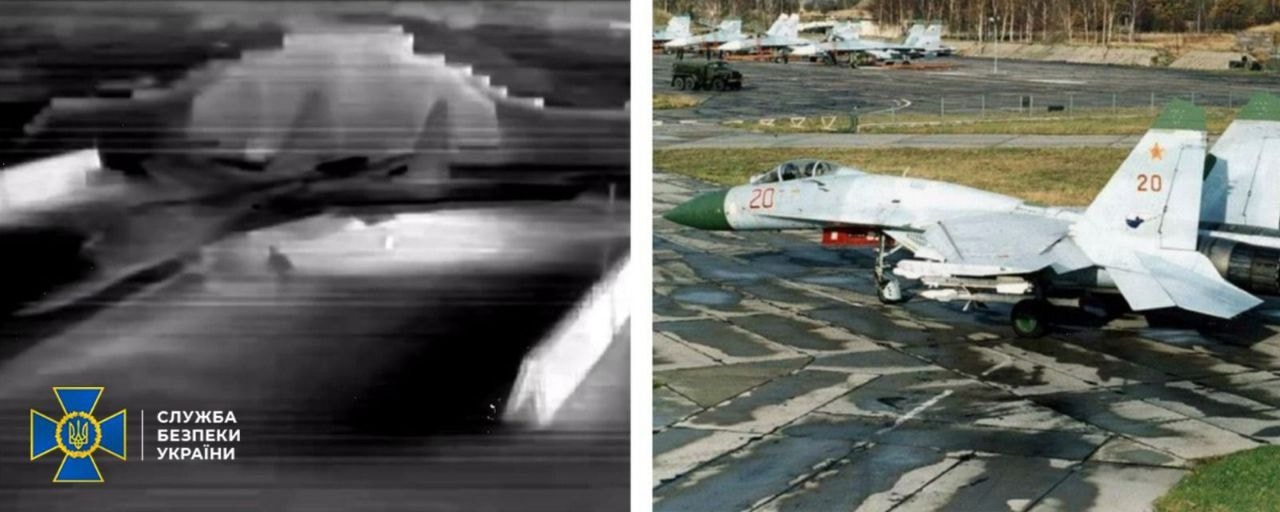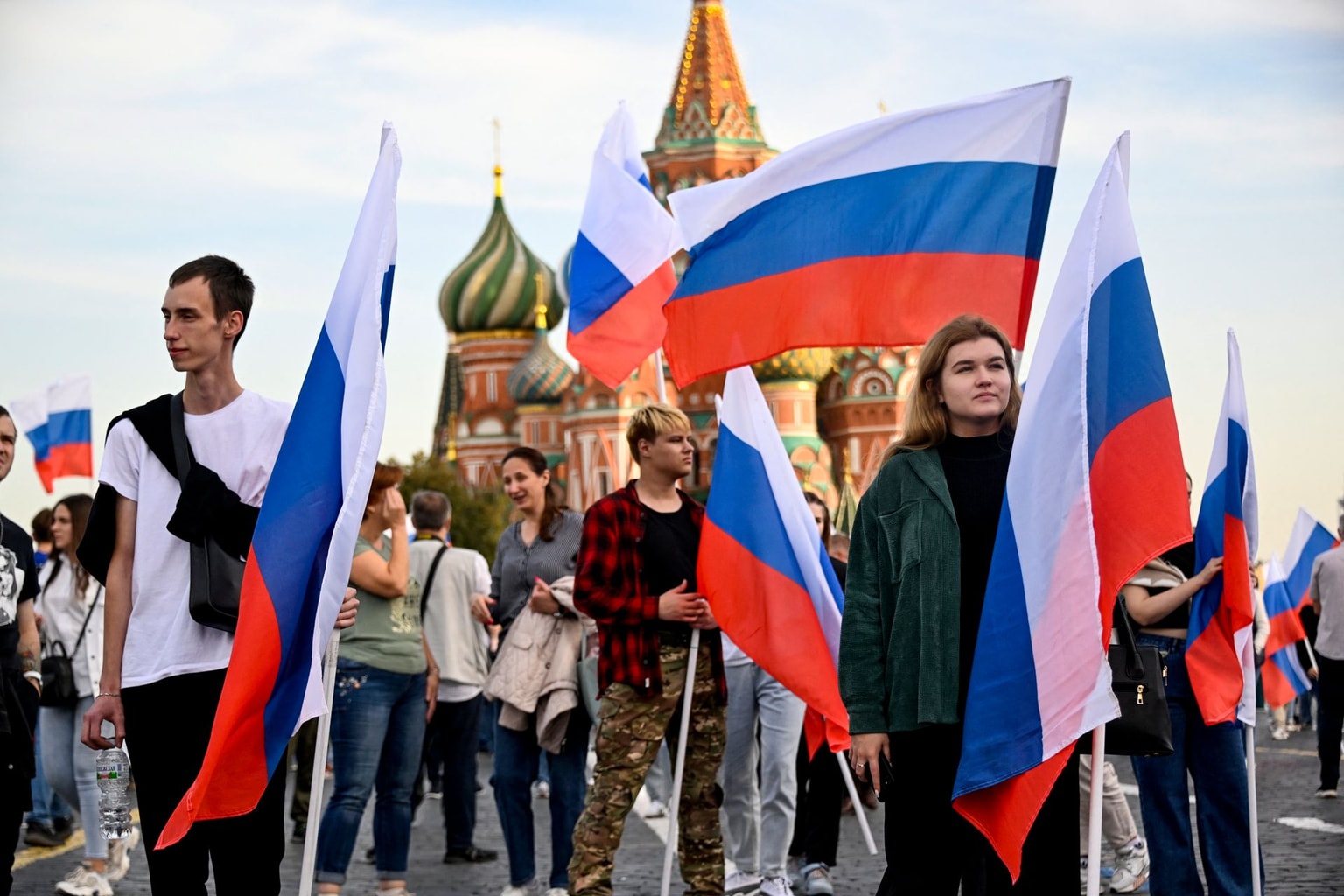Russian-led militants release toxic ammonia in Donbas, provoking false-flag fears

Russian-led militants in the occupied city of Horlivka in Donetsk Oblast in eastern Ukraine released toxic ammonia gas into the atmosphere on Jan. 14, according to a report published on Facebook by the Defense Intelligence of Ukraine.
The intelligence states that the release of chemicals could be part of a false-flag operation – a pretense for a further Russian invasion of Ukraine.
The incident comes amidst the backdrop of increasing Russian aggression against Ukraine and warnings of planned false-flag operations.
Russia has massed more than 100,000 troops along the border with Ukraine since November. The Washington Post estimated that as many as 175,000 combat personnel are poised to invade Ukraine in early 2022, citing U.S. intelligence documents.
The Defense Intelligence of Ukraine reported that Russian-backed militants had released chemicals imported into the temporarily occupied territories of Ukraine. The intelligence stated that the сontainers of ammonia gas on the site of the former Stirol (Styrene) factory have been depressurized, leading to gas leakage and posing a threat to the environment.
“Chemical pollution could lead to an environmental catastrophe in the east of our country,” the statement reads.
The Stirol factory in Horlivka used to be one of the oldest manufacturers of nitrogen fertilizers in Ukraine. The plant has reportedly been shut down since 2014, the same year Horlivka got occupied by the Russian-led forces.
On Jan. 14, U.S. National Security Advisor Jake Sullivan warned that Russia was preparing a pretext for invading Ukraine. The statement was made following a week of diplomatic talks between Russia and the West that resulted in no resolution and ominous threats from Moscow.
The discussions concerned the demands made by Russian President Vladimir Putin
On Dec. 17. Putin demanded that the U.S. and NATO members submit to a series of “security guarantees”, which include denying Ukraine NATO membership, removing military infrastructure from NATO members who joined the alliance after 1997, and a reduction in NATO troop deployments in Europe.
This chemical release is part of a long series of potential false-flag attacks devised by Russian authorities.
On Dec. 21, Russian Defense Minister Sergei Shoygu attempted to justify Russia’s military buildup on the border with Ukraine using so-called reports that “U.S. mercenaries” were planning to use chemical agents against forces in the Russian-occupied Donbas. Shoygu was unable to substantiate his claims.
On Jan. 14, Ukrainian intelligence has also alleged that Russia was preparing provocations in the Moldovan breakaway republic of Pridnestrovie (Transnistria) in order to justify aggressive actions.









